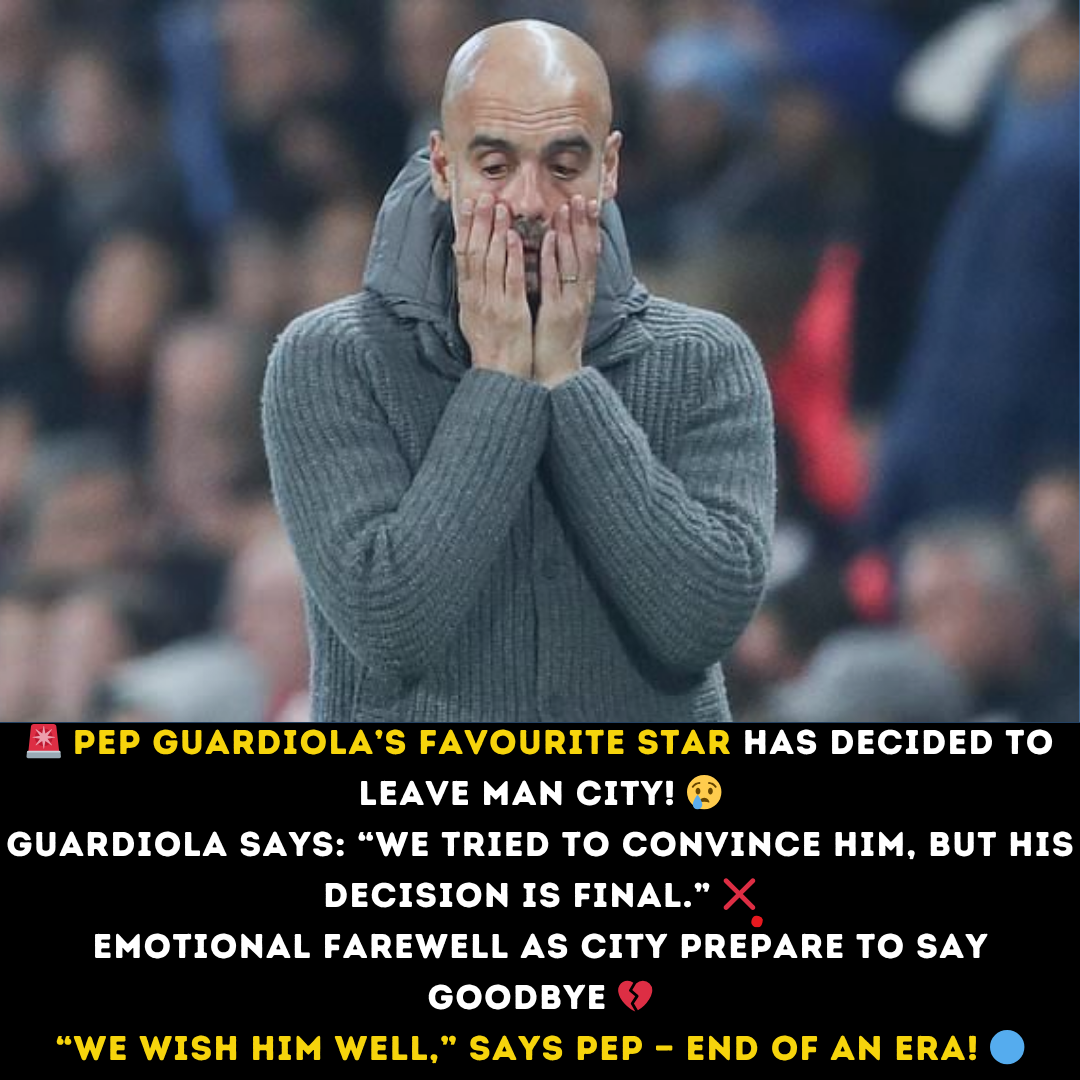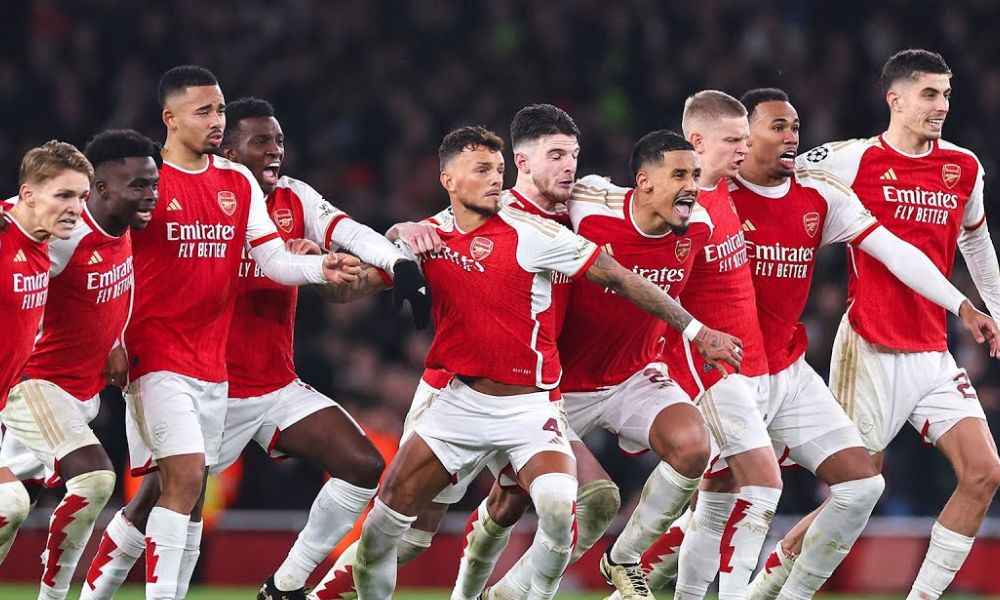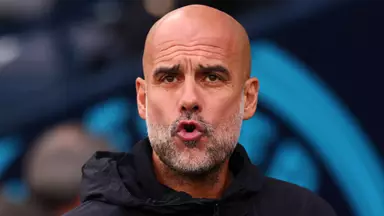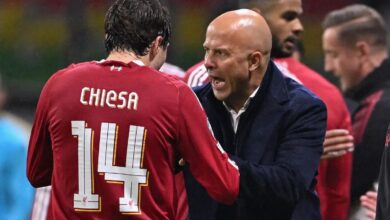Even if Pep Guardiola favourite has the season of his life, Man City should let him go next year

Manchester City finds itself at a critical juncture as the 2025 summer transfer window approaches. With several key players entering the final years of their contracts, the club’s hierarchy faces decisions that could shape the trajectory of Pep Guardiola’s legacy and the team’s future success. Among these contract dilemmas, none is more complex or emotionally charged than the situation surrounding John Stones, the English defender who has been both instrumental to City’s success and consistently hampered by injury concerns.
The Contract Conundrum: A Club in Transition
The current contractual landscape at Manchester City presents Hugo Viana, the club’s sporting director, with one of the most challenging puzzles of his tenure. Nathan Aké, Rúben Dias, and John Stones—three pillars of Guardiola’s defensive structure—will all see their contracts expire at the end of the upcoming season. This triumvirate has been fundamental to City’s defensive solidity over recent years, contributing to multiple Premier League titles, Champions League success, and the historic treble achievement.
The situation becomes even more pressing when considering the broader context. Rodri, widely regarded as one of the world’s best defensive midfielders and arguably City’s most irreplaceable player, has just two years remaining on his current deal. Phil Foden, the homegrown talent who has blossomed into one of Europe’s most exciting attacking midfielders, and Joško Gvardiol, the versatile defender who has quickly established himself as a key figure, are similarly positioned with two years left on their respective contracts.
This clustering of contract expiration dates represents both a significant risk and an opportunity for Manchester City. The risk lies in the potential exodus of established talent, which could destabilize the squad and force expensive replacement signings. The opportunity, however, presents itself in the form of squad renewal and the chance to integrate younger talent while maintaining competitive standards.
John Stones: The Guardiola Favorite Under Scrutiny
Among all the contract decisions facing Manchester City, John Stones represents perhaps the most emotionally complex case. The 31-year-old center-back holds a special place in Pep Guardiola’s heart, having been the Catalan’s second signing after arriving at the Etihad Stadium. This historical significance cannot be understated—Guardiola saw something special in Stones when others questioned his defensive capabilities, and their relationship has been built on mutual respect and tactical understanding.
Stones’ journey at Manchester City has been one of remarkable transformation. When he arrived from Everton, he was often criticized for his perceived defensive frailties and tendency to make costly errors. Under Guardiola’s tutelage, however, he evolved into a sophisticated ball-playing defender whose technical ability and tactical intelligence became crucial to City’s style of play. His ability to step into midfield, his composure under pressure, and his range of passing transformed him from a traditional center-back into a hybrid defender-midfielder role that became synonymous with Guardiola’s tactical innovations.
The emotional bond between player and manager runs deep. Guardiola has consistently praised Stones’ intelligence, adaptability, and professionalism. During City’s treble-winning campaign, Stones played a crucial role despite being limited to 23 Premier League starts—a statistic that highlights both his importance when fit and the persistent injury concerns that have shadowed his career.
The Injury Enigma: A Career Defined by Unavailability
The central argument for potentially allowing Stones to leave centers on his troubling injury record. Over the past two seasons, the English international has managed to start just 18 Premier League games—a shockingly low number for a player of his caliber and importance to the team. This statistic becomes even more concerning when viewed in the context of Manchester City’s demanding schedule, which includes domestic competitions, European campaigns, and international tournaments.
Stones’ injury problems are not merely statistical anomalies; they represent a fundamental challenge to squad planning and tactical consistency. Modern football, particularly at the level Manchester City operates, demands players who can maintain high availability throughout lengthy seasons. The club’s success has been built on tactical familiarity and automatism, elements that become difficult to maintain when key players are frequently absent.
The nature of Stones’ injuries has varied, encompassing everything from muscular problems to more serious structural issues. This diversity suggests that his injury proneness may not be linked to a single correctable factor but rather represents a broader physical vulnerability that could persist or even worsen as he enters his thirties.
From a financial perspective, maintaining a player who cannot consistently contribute represents a significant opportunity cost. Elite clubs like Manchester City operate with carefully managed wage budgets, and dedicating substantial resources to frequently unavailable players can limit investment in other areas or the acquisition of more reliable alternatives.
Tactical Evolution and Positional Redundancy
Manchester City’s defensive resources have evolved significantly since Stones’ peak years. The acquisition of players like Gvardiol and the promising emergence of young defenders suggests that the club has been proactively addressing potential succession planning. Gvardiol, in particular, offers similar ball-playing qualities to Stones while providing greater positional versatility and, crucially, better injury record.
The development of Manuel Akanji into a reliable and consistent performer further reduces the dependency on Stones. Akanji’s ability to play across the defensive line, combined with his superior availability, makes him a more practical option for Guardiola’s system. When coupled with the established quality of Rúben Dias and the versatility of Nathan Aké, City’s defensive options appear sufficiently deep to absorb Stones’ departure.
The recent signings of Abdukodir Khusanov and Vitor Reis represent clear indicators of the club’s long-term planning. These acquisitions suggest that City’s recruitment team has already identified potential successors to the current generation of defenders. Khusanov brings European experience and technical quality, while Reis represents the kind of long-term investment that could pay dividends for years to come.
The Vitor Reis Factor: A Successor in Waiting
Perhaps the most compelling argument for allowing Stones to depart lies in the potential of Vitor Reis. The young Brazilian defender has been identified by Manchester City’s recruitment team as a player with extraordinary potential. Khaldoon Al-Mubarak’s public endorsement of Reis, describing him as a future “tremendous” player, carries significant weight given the chairman’s typically measured public statements.
Reis’ profile suggests remarkable similarities to Stones in his prime. Both players possess exceptional composure on the ball, the ability to read the game at an elite level, and the physical attributes necessary to excel in Guardiola’s system. The Brazilian’s youth represents a significant advantage—at an age where he can be molded and developed according to City’s specific tactical requirements, Reis offers the potential for a decade or more of elite-level performance.
The integration of young talent has been a consistent theme throughout Guardiola’s tenure at Manchester City. Players like Phil Foden, Rico Lewis, and more recently, academy graduates, have been successfully transitioned into the first team. This track record suggests that the club possesses both the patience and expertise necessary to develop Reis into a world-class performer.
From a financial perspective, investing in Reis represents sound business practice. Young players with high potential offer the possibility of significant value appreciation, both in terms of on-field contribution and potential transfer value. This contrasts sharply with retaining aging players whose value can only depreciate over time.
The Emotional vs. Rational Decision Matrix
The decision regarding John Stones encapsulates the eternal tension in football between emotional attachment and cold, rational analysis. Guardiola’s visible affection for the player, combined with Stones’ historical contributions to the club’s success, creates a powerful emotional argument for retention. The image of Guardiola’s tearful farewell to Kevin De Bruyne serves as a reminder that even the most successful managers must sometimes make difficult decisions that prioritize the club’s future over personal relationships.
However, elite football management requires the ability to separate emotional considerations from strategic necessities. Stones’ age, injury record, and the emergence of viable alternatives combine to create a compelling rational case for allowing him to depart. The comparison to Guardiola’s handling of De Bruyne’s departure—despite their close relationship—demonstrates that successful managers must be prepared to make difficult decisions when circumstances demand them.
The precedent set by other successful clubs supports this rational approach. Real Madrid’s willingness to allow club legends to depart when their contribution no longer justified their cost has been crucial to their sustained success. Similarly, Barcelona’s decision to allow older players to leave, despite their historical significance, has enabled squad renewal and financial sustainability.
Financial Implications and Squad Balance
Manchester City’s financial planning must account for both immediate and long-term considerations. Retaining Stones would require offering a contract that reflects both his status within the squad and the competitive market for his services. Given his injury record and age, such an investment would represent a significant financial risk with limited potential for return.
The Financial Fair Play regulations that govern elite European football add another layer of complexity to these decisions. Manchester City must balance their desire to retain proven performers with the need to maintain financial sustainability and compliance with regulatory requirements. Investing heavily in aging, injury-prone players could limit the club’s ability to strengthen other areas of the squad or pursue younger talents with greater potential.
The wage structure implications also deserve consideration. Offering Stones a lucrative contract extension could create precedents for other aging players and potentially disrupt the careful balance that exists within the squad. Younger players like Reis might question why they should accept lower wages when less available players receive premium compensation.
The Broader Strategic Context
Manchester City’s approach to the Stones situation must be viewed within the broader context of the club’s strategic objectives. The pursuit of sustained success in both domestic and European competitions requires careful squad management that balances experience with youth, proven ability with potential, and financial prudence with competitive ambition.
The club’s investment in training facilities, academy development, and recruitment infrastructure suggests a long-term vision that extends beyond individual players. This strategic approach has already yielded significant returns through the development of homegrown talents and the successful integration of young signings. Allowing Stones to depart while promoting Reis and other young defenders would align with this broader strategic direction.
The competitive landscape in European football also influences these considerations. Rival clubs are increasingly investing in young talent and building squads designed for long-term success. Manchester City’s ability to compete in this environment may depend on their willingness to make similar investments, even if it means parting with beloved veterans.
Alternative Scenarios and Risk Management
While the case for allowing Stones to depart appears compelling, Manchester City must also consider alternative scenarios and their associated risks. The possibility that Reis or other young defenders may not develop as expected represents a significant concern. Football history is littered with promising talents who failed to reach their potential, and City must ensure adequate contingency planning.
One potential compromise involves offering Stones a shorter-term contract with performance-related incentives. This approach would provide the club with flexibility while acknowledging the player’s contributions and potential future value. Such an arrangement could benefit both parties—City would avoid long-term financial commitments to an injury-prone player, while Stones would have the opportunity to prove his fitness and earn an extended stay.
The timing of any decision also requires careful consideration. Allowing Stones to enter the final year of his contract without resolution could create uncertainty that affects both player performance and squad harmony. Early decision-making would enable proper succession planning and provide clarity for all parties involved.
Conclusion: A Decision That Defines Legacy
The John Stones situation represents more than a simple contract negotiation; it embodies Manchester City’s approach to squad management, financial sustainability, and competitive strategy. The decision will likely define how the club navigates the transition from Guardiola’s current squad to the next generation of players.
The rational arguments for allowing Stones to depart appear overwhelming. His injury record, age, and the emergence of promising alternatives combine to create a compelling case for change. The emotional bonds between player, manager, and supporters cannot override the fundamental reality that elite football requires difficult decisions based on performance, availability, and strategic necessity.
Vitor Reis represents the future of Manchester City’s defense, and his development may depend partly on the opportunities created by Stones’ departure. The Brazilian’s potential, combined with the club’s track record of developing young talent, suggests that this transition could ultimately strengthen rather than weaken City’s defensive capabilities.
Hugo Viana faces a decision that will be scrutinized for years to come. The choice between sentiment and strategy, between proven ability and future potential, will likely define his early tenure as sporting director. Based on the available evidence, the rational choice appears clear: Manchester City should allow John Stones to depart and embrace the future represented by Vitor Reis and the club’s next generation of defenders.
This decision, difficult as it may be, could ultimately prove crucial to Manchester City’s continued success in an increasingly competitive football landscape. Sometimes, the hardest choices are also the most necessary ones, and in John Stones’ case, the time for such a choice appears to have arrived.















